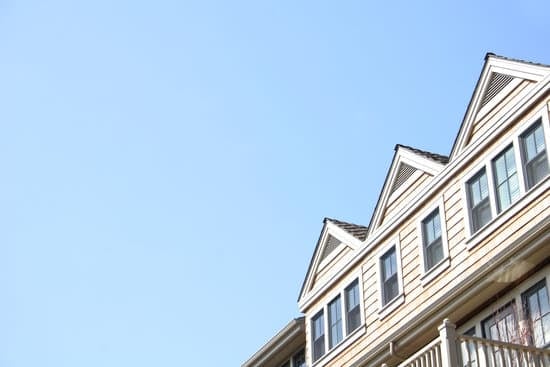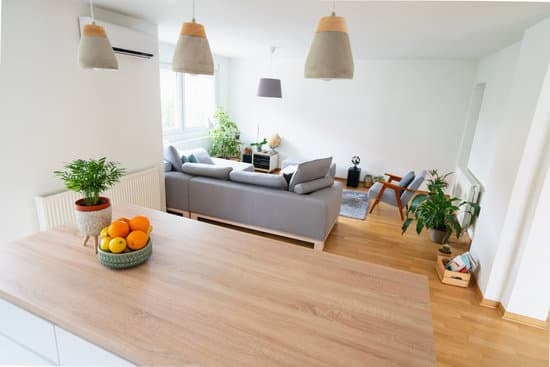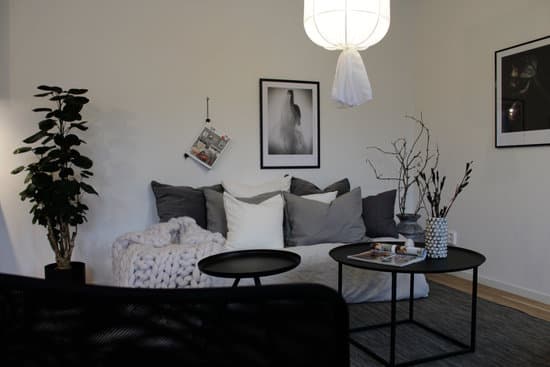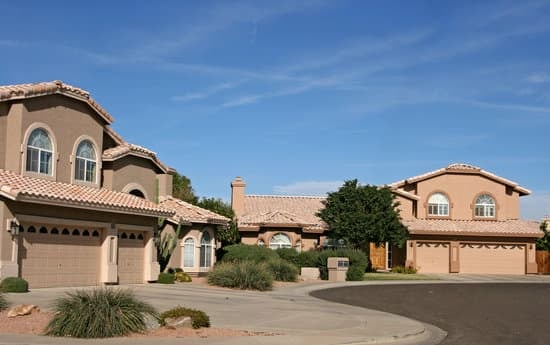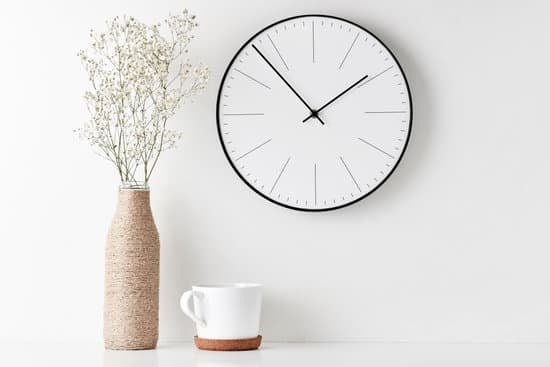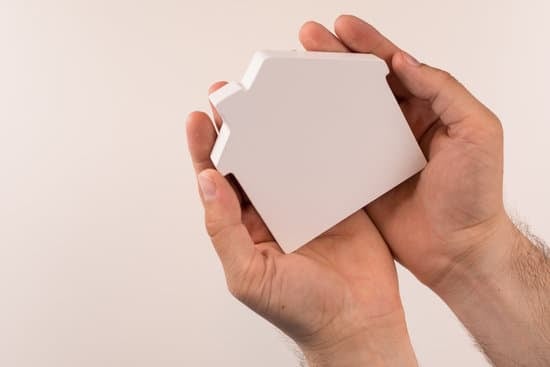The Baroque style of decoration is a rich and ornate design scheme that emerged in Italy during the 17th century and quickly spread throughout Europe. It was an opulent and extravagant form of art, architecture, and design that was characterized by highly ornamental details, curving lines, and grandeur. Here are some of the defining elements of the Baroque style:
Ornate detail and elaborate ornamentation – Baroque design is famous for its lavish and over-the-top ornamentation. From decorative surfaces to furnishings, details were important, and every surface was covered with intricate carvings, moldings, and décor.
Curvaceous lines and exaggerated forms – One of the most recognizable features of Baroque design is its curvy, wavy lines that add a sense of movement and drama. These flowing lines are often found in the ornate carvings, grand arches, and sweeping staircases that define Baroque style.
Rich colors and materials – The Baroque style is all about creating a sense of grandeur and luxury, and rich colors and materials were used to achieve this effect. Expect to see a lot of gilt, mirrors, silk, velvet, and other extravagant materials in Baroque interiors.
Dramatic lighting – Lighting played a crucial role in Baroque design, and it was often used to create a sense of drama and theatricality. Expect to see plenty of chandeliers, candelabras, and other ornate lighting fixtures in Baroque interiors.
Emphasis on symmetry – While Baroque design is all about excess and opulence, it was also characterized by a strong sense of symmetry and balance. This was achieved through the use of repeating motifs, mirrored images, and evenly spaced details.
Overall, the Baroque style is a celebration of beauty, abundance, and luxury. If you’re looking to create a grand and opulent atmosphere in your home or garden, the Baroque style might just be what you’re looking for.





